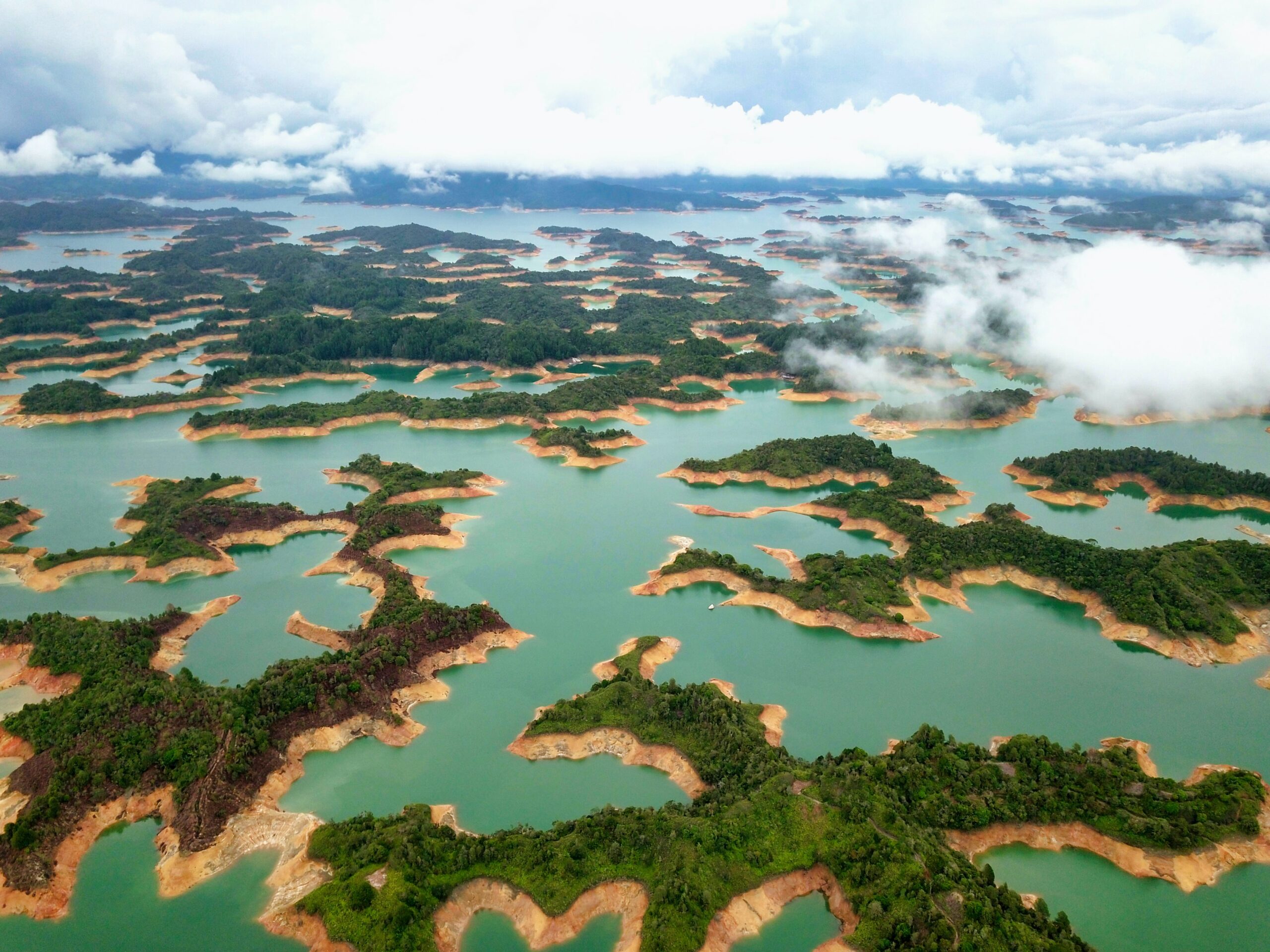
This report was originally published on Grantham Research Institute – LSE.
“The dependence of a country’s sovereign bonds on the management of its stocks of natural resources (known as “natural capital”) is set to intensify over the next decade, says a report published today by the London School of Economic (LSE)’s Grantham Research Institute on Climate Change and the Environment and non-profit financial think tank Planet Tracker.
The policy report outlines a new research framework to enable market participants to integrate the value of natural capital into the issuance, analysis and stewardship of sovereign bonds. It focuses on the two G20 countries most dependent on natural capital for their exports, Argentina and Brazil. The way in which natural capital intersects with exports is one of the five factors included in the framework and the report identifies Argentina and Brazil as facing the greatest number of risk factors associated with its economic dependence on soft commodities such as soybean and cattle. A global shift to a zero-deforestation economy could, in fact, put at risk 4.8% of Argentina’s soybean exports alone if practices were not improved, equivalent to a US$1.7 billion loss in government revenue. For Brazil, 9% of its soybean exports would be affected – a market valued at over US$32 billion in 2018.
According to the report, an estimated 28% of Argentina’s sovereign bonds and 34% of Brazil’s sovereign bonds will be exposed to anticipated changes in climate and anti-deforestation policy throughout the next decade.[1] After 2030, however, this exposure is expected to rise to 44% for Argentine sovereign bonds. With 2030 being the deadline for achieving the UN’s Sustainable Development Goals (SDGs) and for cutting global greenhouse gas (GhG) emissions by 45% from 2010 levels to meet the Paris Agreement temperature target, the countries are faced with two distinct choices:
The first is a “High Road” scenario, where countries actively protect and enhance the value that natural capital brings to their economies. Building resilience against the physical and policy disruptions brought about by climate change will underpin the long-term value of their sovereign bonds and ultimately secure the access to finance that these countries will require to pursue their sustainable development goals.
The second, a “Low Road” scenario, undermines the flow of ecosystem services, increases vulnerability to natural disasters and intensifies market risks. For sovereign bonds, this could lead to higher borrowing costs, impairment in credit quality and reduced access to finance.
Nick Robins, co-founder of Planet Tracker and Professor in Practice for Sustainable Finance at the LSE’s Grantham Research Institute, said, “Currently, the market generally ignores or misprices the fundamental dependencies of sovereign bonds on a secure flow of ecosystem services, thereby storing up instabilities for the future. We hope that by providing sovereign bond issuers and investors with a framework to understand the links between sovereign bonds and natural capital, they will begin to recognise and value these crucial relationships.”
Sean Kidney, CEO & Co-Founder of the Climate Bonds Initiative commented: “The coming decade will test the capacity of national and international financial structures to recognise and address increasing environmental and sustainability demands. The report identifies that sovereign bonds and their underlying frameworks will not be immune to these emerging pressures. It poses a simple challenge to market participants to incorporate natural capital factors into value assessments or face increased financial volatility and potential market and credit risks.”
The report calls on action from:
- Sovereign bond issuers and governments to align institutional frameworks with the management and regeneration of natural capital, and to issue green sovereign bonds that raise funds for natural capital investment;
- Investors to better identify the relationship between the natural capital and future debt-paying capacity of sovereign issuers in analytical frameworks, and to enhance their stewardship role with regard to sovereign bonds;
- Credit rating agencies to explicitly incorporate the link between natural capital health and the outlook for sovereign credit ratings in their analyses;
- International financial institutions and coalitions to broaden their scope to include natural capital factors;
- Researchers to build on the paper’s findings to deepen the understanding of the link between sovereign bonds and natural capital.
Mike Hugman, Portfolio Manager, investment specialist and strategist in the Global Emerging Market Debt team at Investec Asset Management, said: “Issuers, investors and other critical international institutions should incorporate climate change and natural capital considerations in their analysis to mitigate risks and support the creation of specific fiscal space for a transition to sustainable economies.”
Read on and access the full report at: Grantham Research Institute – LSE.












